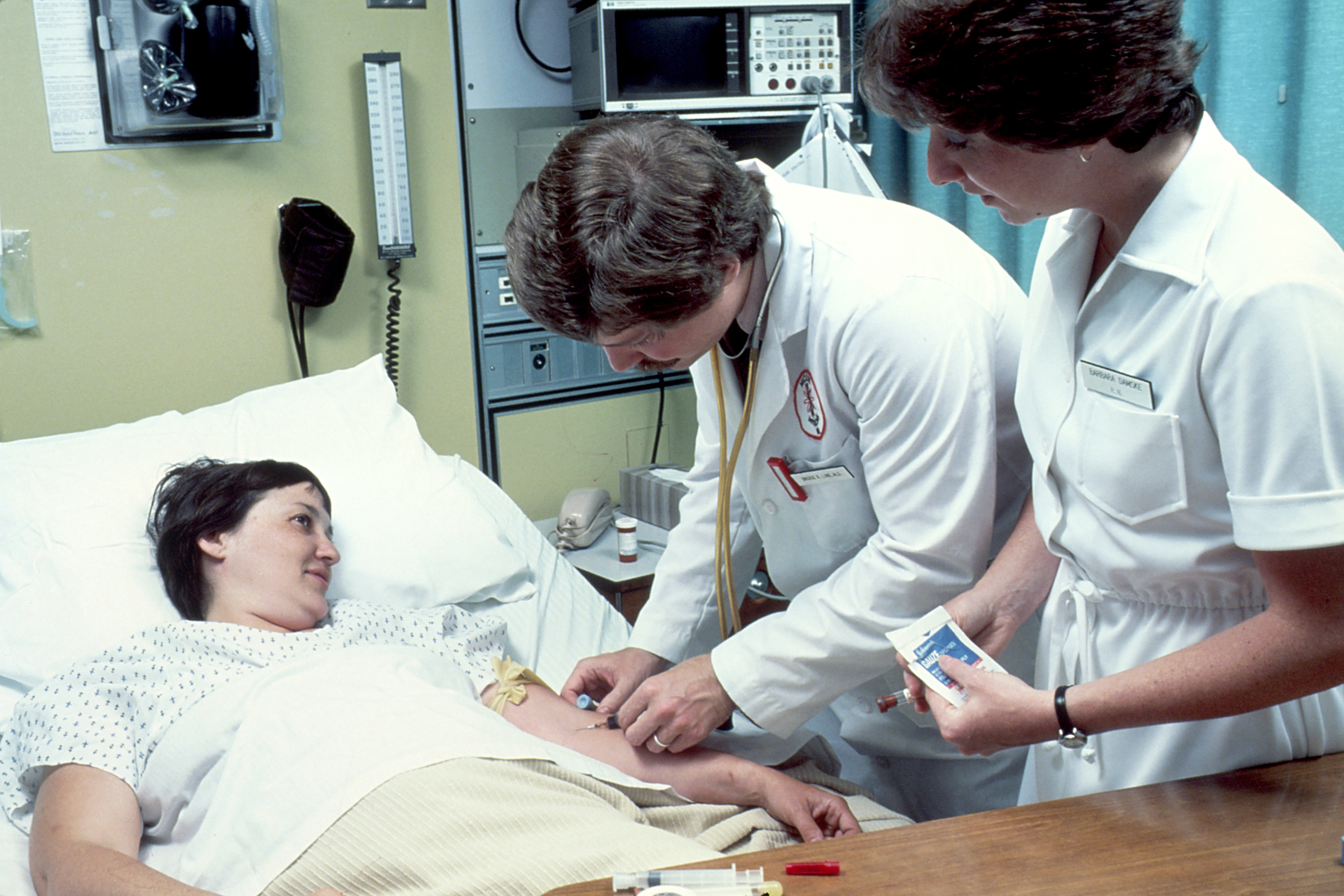Have your Medical Malpractice Case Sorted with O'Connor, Parsons, Lane & Noble
Technology
has bestowed us with numerous benefits in just about every domain.
The effects of such advancements have also made their way into the
medical industry, which itself has grown over the past couple of
decades by leaps and bounds. There have been many cases where doctors
have made used of ultra-modern machines to treat and cure patients
much more precisely than what was not even considered as possible not
long ago.
At
the same time, technology has in some way also made doctors rely more
upon them than their own ability, which has also been known to
backfire at certain times. Since this industry is a highly critical
one, a lot of expectations are associated with the physicists and
doctors by the patients and their relatives. With surged dependency
on technology, the number of medical malpractices cases has increased
quite significantly too.
New
Jersey Malpractice Lawyers
Falling
into the victim pit of any kind of medical malpractice can change the
life of a person and people around it completely. If you or someone
in your family has come across such practice of late, which led to
partial or full disability or even death, you need to get in touch
with hospital malpractice lawyers who can lend you precise advice
regarding the same. O'Connor, Parsons, Lane & Noble is one firm
which works with seasoned teams of New Jersey Malpractice lawyers.
Their expertise will not only help you win your claim, but will also
ensure that you are able to gain the maximum amount.
About
the company
“O'Connor,
Parsons, Lane & Noble” has been actively engaged into helping
people in filing their claim against all kinds of malpractices for
over 40 years. Often regarded among the best of New Jersey Malpractice Lawyers, its team of expert lawyers always strives to
offer individual attention to every client of the firm. Its services
are indeed one of the best you can ask for, and to learn just that
you can also have your first consultation session for free, under no
obligation.
Things
you can expect from here
With
O'Connor, Parsons, Lane & Noble, you can be sure of obtaining the
best possible outcome. All you have to do it book your appointment
with them, sit with them and discuss about your case in detail, and
then play the witness as they implement their entire expertise to get
you the best possible outcome you would probably ever ask for.
.png)















